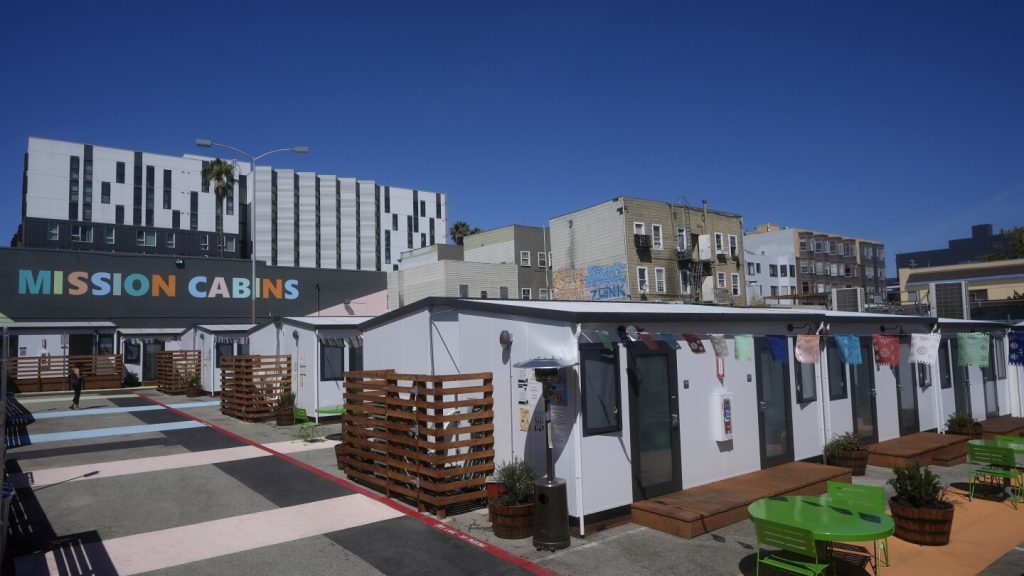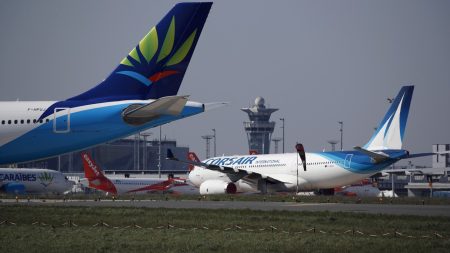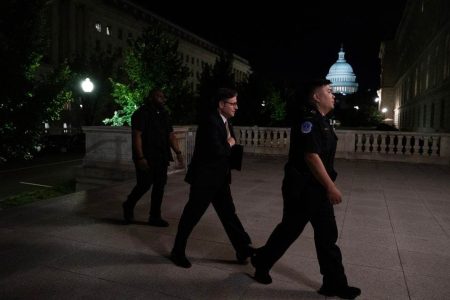The visible homeless population in San Francisco has significantly decreased, with sidewalks once crowded with tents and individuals now appearing cleaner and more inviting. Mayor London Breed has increased enforcement of anti-camping laws, leading to a reduction in the number of people sleeping outdoors to under 3,000, the lowest in a decade. Despite this improvement, the overall homeless population has grown by 7% to 8,300 individuals. Advocates for the homeless argue that shelter should only be a temporary solution and that forced encampment sweeps to hide homelessness from public view are not the answer.
Other California cities have also reported declines in visible homelessness due to improved outreach efforts and increased temporary housing options. San Francisco has increased the number of shelter beds and permanent supportive housing units by over 50% in the past six years. Mayor Breed has prioritized initiatives to address homelessness, including prioritizing bus tickets out of the city for homeless individuals and authorizing police to remove tents. Despite these efforts, tracking homeless people and their whereabouts remains challenging.
While there are still individuals sleeping on sidewalks in San Francisco, some progress has been made in reducing tent encampments, particularly in areas like the Mission, downtown, and SoMa districts. New types of emergency shelters, such as the Mission Cabins, offer privacy and pet-friendly accommodations with strict rules. However, some homeless individuals are resistant to accepting shelter beds due to concerns about conditions and rules. San Francisco has added emergency shelter beds and permanent supportive housing units, but experts maintain that more affordable housing options are needed to address homelessness in the long term.
Mayor Breed has played a role in expanding housing options for the homeless population in San Francisco, with significant financial assistance from federal and state governments. Governor Gavin Newsom has allocated billions of dollars towards fighting homelessness, including programs to convert hotels into housing. Despite these efforts, the city’s Department of Homelessness and Supportive Housing budget is expected to decrease next year. Advocates for the homeless emphasize the need for more affordable housing options in a city where median home prices remain high.
While progress has been made in addressing visible homelessness in San Francisco, challenges remain in providing long-term housing solutions. Investments in affordable housing, like the supportive housing at 835 Turk Street, are crucial for sustaining the positive changes seen in recent years. Convincing homeless individuals to accept shelter beds and providing them with the necessary support to transition from the streets to stable housing is an ongoing process. With continued efforts and resources, San Francisco can work towards reducing homelessness and providing more individuals with a safe place to call home.















